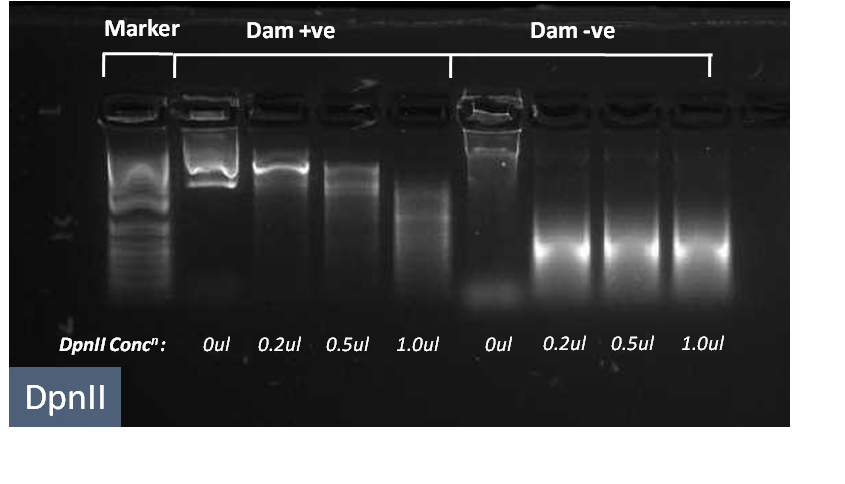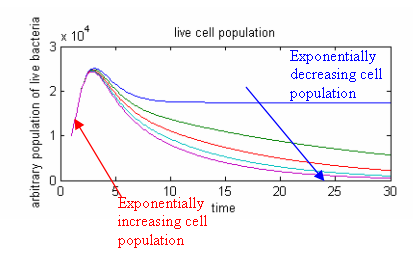Team:Imperial College London/M3
From 2009.igem.org
(→40pxModule 3: Genome Deletion) |
(→40pxModule 3: Genome Deletion) |
||
| Line 10: | Line 10: | ||
=[[Image:II09_Thumb_m3.png|40px]]<font size='5'><b>Module 3: Genome Deletion</b></font>= | =[[Image:II09_Thumb_m3.png|40px]]<font size='5'><b>Module 3: Genome Deletion</b></font>= | ||
| - | < | + | <img src="http://i691.photobucket.com/albums/vv271/dk806/TheOverviewPicDK.png" usemap="#MAP91791" border="0" width="60%" title="Overview picture of the E.ncapsulator"> |
Revision as of 14:57, 17 October 2009

Contents |
 Module 3: Genome Deletion
Module 3: Genome Deletion
<img src=" " usemap="#MAP91791" border="0" width="60%" title="Overview picture of the E.ncapsulator">
" usemap="#MAP91791" border="0" width="60%" title="Overview picture of the E.ncapsulator">
Module 3 is the final module of the system. The E.ncapsulator has successfully completed its job of drug production and packaging in a protective coating. Now, it needs to be prepared to be converted into a safe pill carrying the drug of interest. This is done by inducing bacterial cell death and removing all the potentially harmful genetic material.
Reusable module for removal of genetic material
Removal of genetic material by the use of restriction enzymes is important to prevent DNA transfer to unintended targets, creating bacteria for instance with higher survivability or more toxicity. This module is a highly reusable module for any chassis system where the chassis is no longer required after a certain stage and there is a need to remove genetic material after genes are expressed.
The genetic circuit
Under the control of a thermoinducible promoter (K098995), when the temperature is raised to 42°C, the restriction enzymes DpnII (K200009) and TaqI (K200010) are produced. These restriction enzymes cut frequently in the genome, digesting the entire genetic material and inducing cell death. The Dam methylase (K200001) is used in its native system to prevent leaky levels of restriction enzymes from killing the cell prematurely. Consequently, the restriction enzyme cleavage properties and Dam methylation protection form an interesting balance.
 about Restriction Enzymes and Methylation!
about Restriction Enzymes and Methylation!
Our results
Wetlab
The activity of the restriction enzymes is critical to module 3. We have tested this using a genomic digest assay.
The restriction enzymes DpnII and TaqI are shown to cut genomic DNA into small fragments, shown on the right by a smear of bands. We have further tested the restriction enzymes in DNA which have been methylated by Dam enzymes and shown that there is essentially no cleavage at low concentrations of restriction enzymes.
Drylab
We have also attempted to link our restriction enzymes with cell death using a model.
The population increase is initially exponential as the restriction enzymes have a delay in production. As the restriction enzymes accumulate in the cell, the cell growth starts to slow down. If the lambda cI promoter is strong enough, killing rate will greatly exceed cell division rate, and there will be an exponential decrease in cell population.
Project Tour


Module 3 Contents





 "
"







